Search Results
Fine Jewelry University Articles matching: “Black opal”
Showing only FJU Article results. Click here to show all results.
Fine Jewelry University (Show All FJU Articles)
-
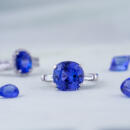
Gem in the Spotlight: Tanzanite
…are the cut and clarity. As with all colored gems, the value of tanzanite comes from its color. Tanzanite has a Moh’s hardness of 6-7, making it about the same hardness as quartz, softer than ruby, sapphire and emerald and hard than opal. Tanzanite has a refractive index of 1.69-1.70. History and Lore of Tanzanite Tanzanite was originally discovered in 1967 in Tanzania, near Mount Kilimanjaro, by a Maasai tribesman named Ali Juuyawatu, although the credit often goes to …
-
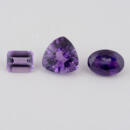
Gem in the Spotlight: Amethyst
… countries such as Russia, the United States, and Canada. Amethyst is known for its durability with a Mohs hardness rating of 7. For reference, amethyst is roughly as hard as tourmaline, softer than sapphire and topaz, and harder than opal and tanzanite. This makes it a durable gemstone that is resistant to scratching and chipping. It is also resistant to heat and chemicals which means that it can withstand daily wear and tear. Amethyst has the same refractive index as …
-
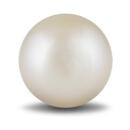
Gem in the Spotlight: Pearl
… quality, and today they are very difficult to tell apart from their saltier cousins. Tahitian Pearls: Also known as black pearls, Tahitian pearls are a type of saltwater pearl that are grown primarily in French Polynesia. They are known … rainbow colors that shimmer on or just below a pearl’s surface). Pearls come in a range of colors, from white to black, with many shades in between. The most valuable pearls are those with a pure, even color, such as white, pink, or …
-
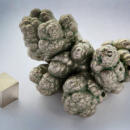
What to Do When Your Ring Irritates Your Skin
… which can begin hours or even days after contact and may last for several weeks. Some people’s skin even turns black or green when they wear certain jewelry. One of the most common metal allergies is Nickel which is added to pure gold in … a simple discoloration on top of the skin from the metal. Also, tarnish from silver jewelry can rub off and leave a blackish residue. In both cases, the color will easily wipe or wash off. You can avoid this type of discoloration simply …
-
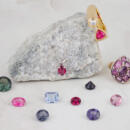
Gem in the Spotlight: Spinel
… underappreciated gemstone of all time. Spinel has been mined for over a thousand years, but until 1783 it was confused with more well-known stones like ruby and sapphire. One of the most famous examples of this confusion was with the Black Prince’s Ruby. This stone currently sits at the front of the Imperial State Crown of the United Kingdom. When it was given to Edward of Woodstock in 1367 it was thought to be a ruby. It wasn’t for nearly 400 years that it was …
-
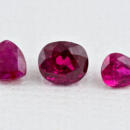
Gem in the Spotlight: Ruby
… significant sources of rubies include Thailand, Vietnam, Sri Lanka, Tanzania, Mozambique, and Madagascar. Before modern gemology, for thousands of years, garnets, rubies, and spinel have been mistaken for each other. Famously, the Black Prince Ruby (formerly thought of as the largest cut ruby) at the center of the British Imperial State Crown, is actually a red spinel. History and Lore of Ruby The first discoveries of ruby date back to 2,500 B.C. They were found …